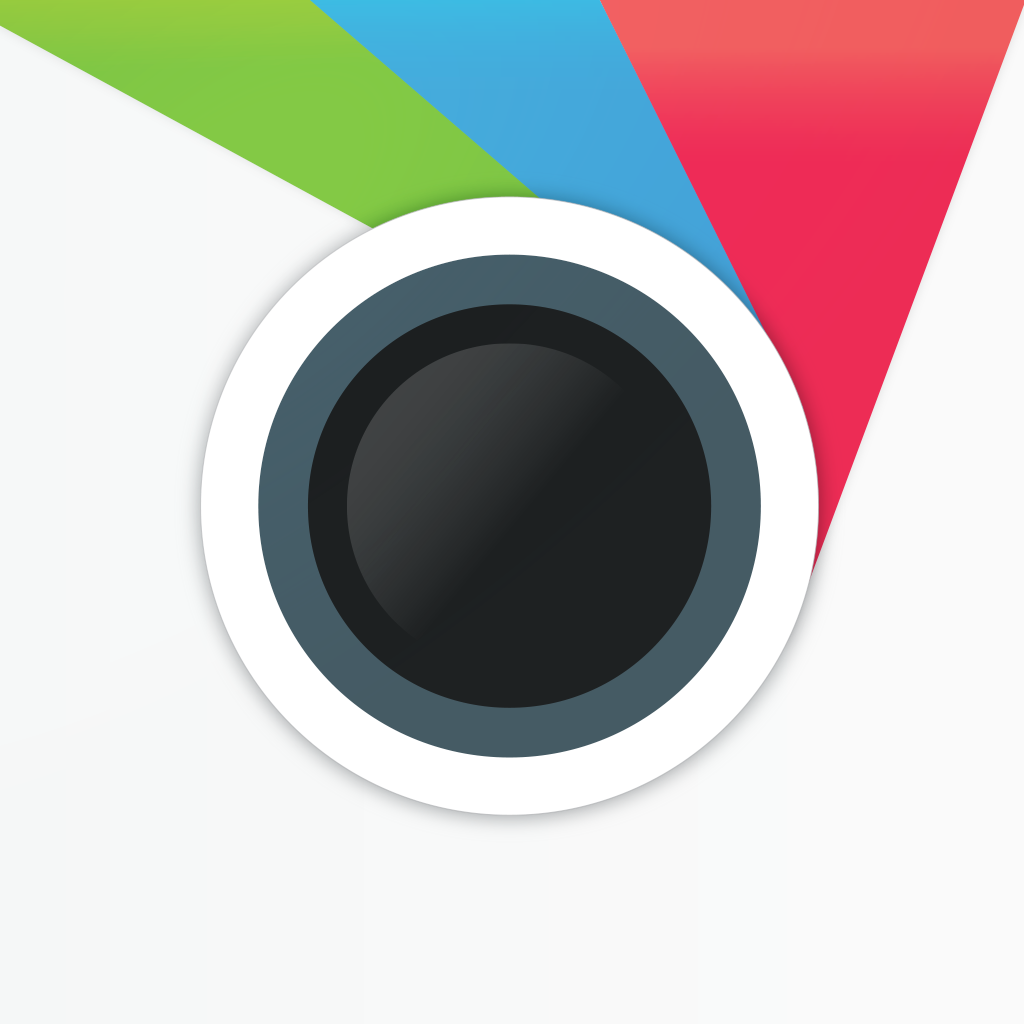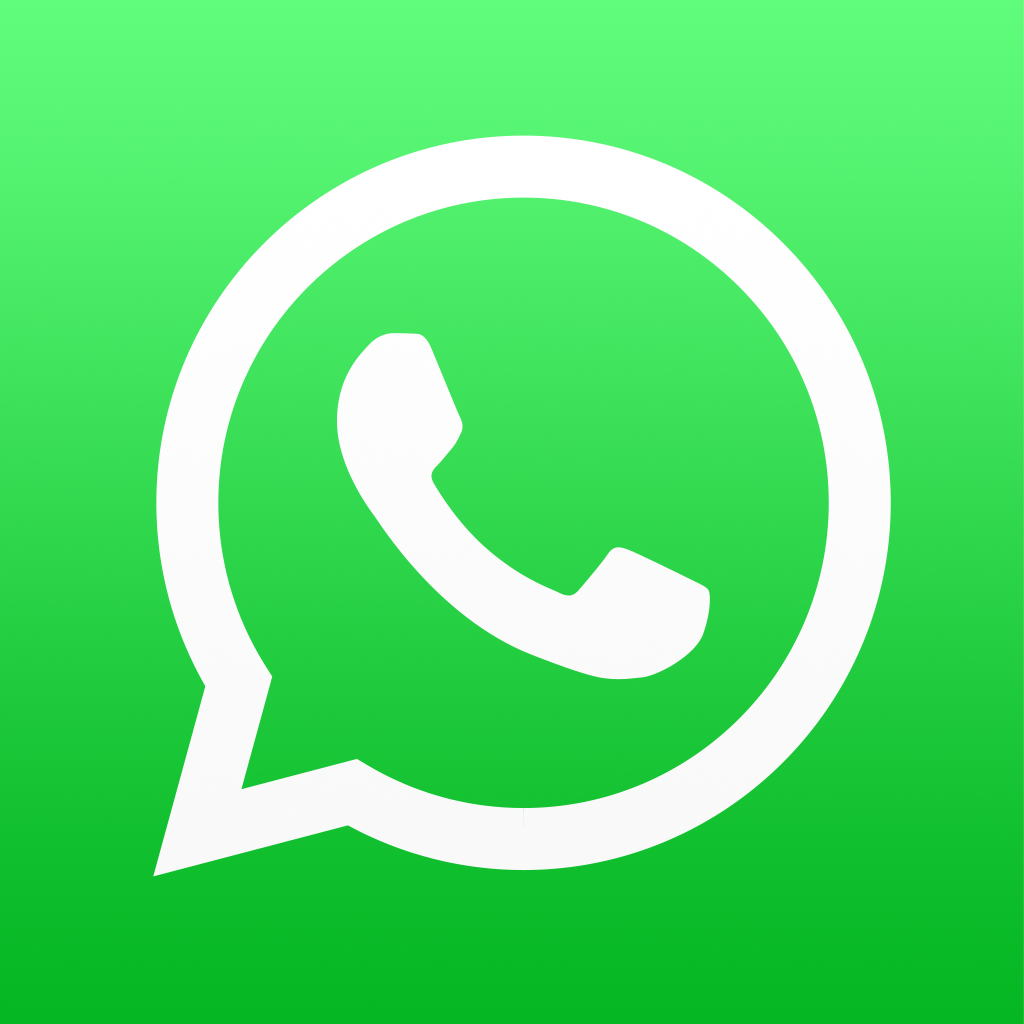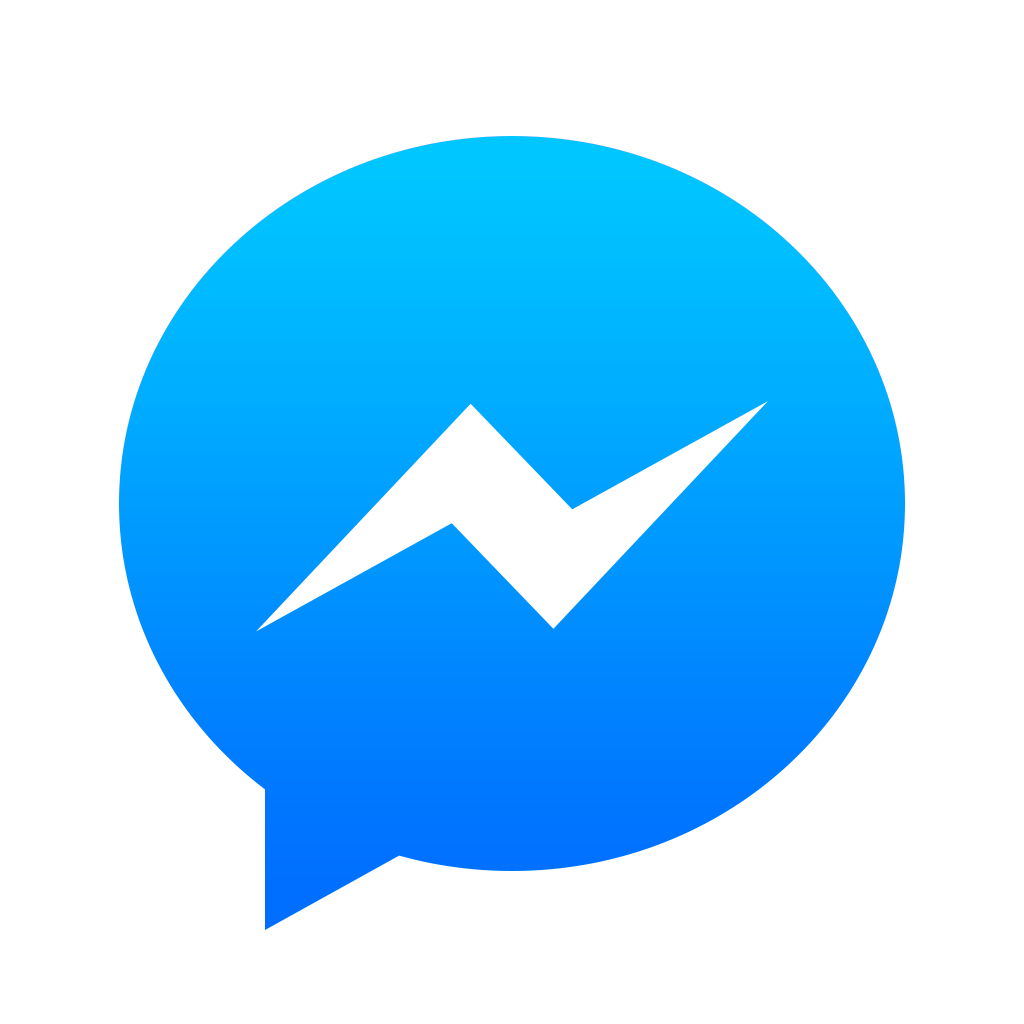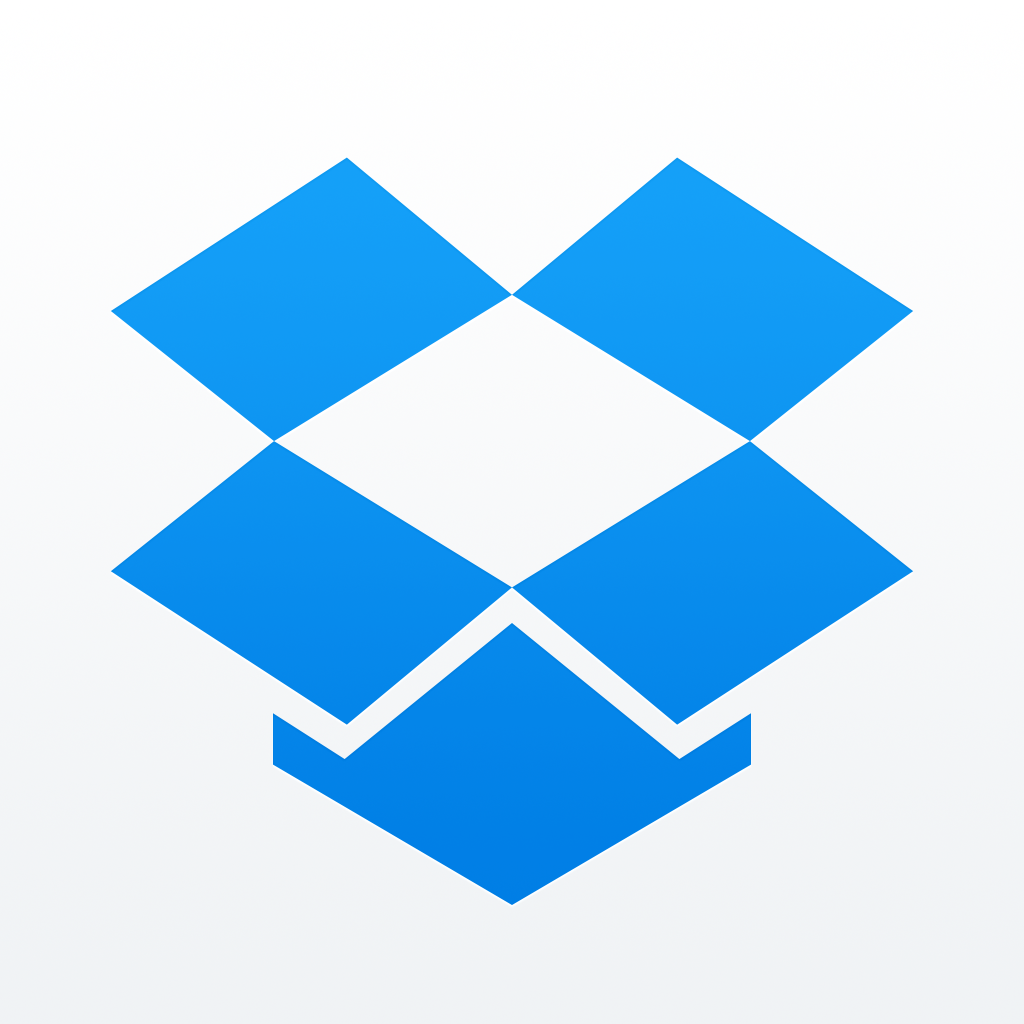
The best way to recover data from iTunes or iCloud backup
Introduction
It’s like a root-canal procedure: It’s beneficial, but it’s not necessarily something you want to be going through. And by “it” I mean the rather precarious act of restoring iOS device data from iTunes or iCloud backup.
Backing up your iOS device via iTunes or iCloud is easy enough (here’s how), and it lets you rest assured that your data (including messages, contacts, notes, photos, and more) is kept safe and recoverable in the event of a device disaster or in case you switch to a new device.
Your device might be lost or stolen, broken or otherwise damaged, or your device might be superseded by a newer model or a different unit. Regardless, restoring your device from iTunes or iCloud backup is not a complicated affair. But it’s not without its inherent risks and drawbacks.
You see, iTunes or iCloud backup restoration as we know it is all or nothing. Apple’s recommended steps for restoring from a backup requires that you make use of the entirety of the backup, with no way to select the specific content to retrieve.
Fortunately, there exists a third-party tool, one which we here at AppAdvice have tried and tested, that you can use to customize your iOS device backup restoration experience.
The Apple way
You can restore from backup via iTunes or iCloud, depending on which you’ve opted for as the channel for storing your backup (read the pros and cons of each here). Either way, Apple’s are, of course, by far the most widely used procedures for restoring iOS devices from backup.
Restoring from iTunes backup
To restore your device from an iTunes backup, you must have access to the computer on which you generated the backup you wish to install. Connect your device to that computer and open iTunes to start with the procedure. Go to File > Devices > Restore from Backup, or else click the device button, go to the Summary tab, and click Restore Backup. If Find My iPhone is enabled on your device, you first have to turn it off by going to Settings > iCloud > Find My iPhone on your device.
Then, choose the backup file you want to restore from the available selection. Be sure to check the indicated device name and date of each backup to ascertain the most appropriate one for your device. Click Restore and wait a while for the process to run its course.
Restoring from iCloud backup
Restoring from an iCloud backup is not as straightforward as restoring from an iTunes backup. This is mainly because iCloud backup restoration is possible only through the Setup Assistant mode. And to go to that mode, you, unfortunately, have to first remove all information and settings from your device by going to Settings > General > Reset > Erase All Content and Settings.
After your device is erased, it goes into Setup Assistant mode beginning with a Hello screen. Swipe on the screen to start the setup process. Join a Wi-Fi network, tap Restore from iCloud Backup, sign in with your Apple ID, pick your preferred backup, and wait for the backup to be transferred from the cloud to your device. Depending on the size of the backup and the network speed, the process may take some time. You might want to grab some coffee and catch up on the news while waiting for it to finish.
Apple’s is not necessarily the best way
In most cases, restoring from an iTunes or iCloud backup using Apple’s official methods does the trick. But in some, they may neither be the most applicable nor be the most advisable.
For one thing, backups tend to be large and require long waiting times for their installation to complete. The process then can be tedious and prone to unexpected interruptions that may result in further loss of data. This is especially true when restoring from an iCloud backup, which can be risky in the presence of a not so reliable Internet connection and which necessitates the deletion of current device content and settings in the first place.
And as mentioned, under Apple’s prescribed procedures, restoring backups is an all-or-nothing decision. Either you make use of the entire backup or you don’t restore from backup at all. This can be problematic particularly if you have existing content and settings on your device that you don’t want to be supplanted by what’s on the backup.
There are also cases in which you only wish to recover individual files and types of content — perhaps something you accidentally deleted — from a backup or, more demandingly, from two or more different backups.
In such cases, a recovery tool like Wondershare Dr.Fone for iOS can prove indispensable.
Dr.Fone’s prescription
Developed by Wondershare for Mac and Windows, Dr.Fone is a free-to-try desktop application that offers a far more customizable approach to iOS device data recovery than Apple’s methods do. It can be of great help to you if for any reason you don’t want to restore completely from iTunes or iCloud backup, as it can break down the backup into various categories by file type and present previews of files before recovery.
Depending on your device and backup, Dr.Fone can extract and offer previews for the following types of files: camera roll photos, photos and videos in supported apps like Aviary and VLC, messages and attachments in the Messages app, contacts, call history, voicemail, WhatsApp messages and attachments, Facebook Messenger messages and attachments, notes, calendar events, reminders, Safari bookmarks, voice memos, and documents in supported apps like Editorial.
With this roster of compatible file types, Dr.Fone also enables you to access and save backup data, such as messages, photos from messages, call history, and voicemail, that otherwise cannot be selectively accessed and saved. Further, it lets you save data on your computer or on a cloud service such as Dropbox, thus doing away with potential data loss from overreliance on Apple’s over-the-air backups.
Evidently, Dr.Fone offers more control and granularity over iOS device data recovery, and it does so with an iOS-inspired interface to boot.
Before using Dr.Fone on your computer, first make sure that iTunes is closed so as to avoid data overwriting by synchronization. Note that your device need not be connected to your computer for Dr.Fone’s iTunes or iCloud backup operation to work.
Scanning iTunes backup
If you wish to extract information from an iTunes backup, click the “Recover from iTunes backup file” tab on Dr.Fone’s home screen. Choose your preferred backup file according to its indicated device name and date and click Start Scan to commence scanning of files from the backup. Wait for the scan to complete and then proceed to the “File preview and recovery” section below for the rest of the steps.
Scanning iCloud backup
If you want to take down files from iCloud, click the “Recover from iCloud backup file” tab instead on Dr.Fone’s home screen. You’ll then be asked to sign in to iCloud (privately and securely, Wondershare maintains) with your Apple ID. Note that you may encounter some sign-in issues if your Apple ID is protected by two-factor verification, even when you’re using an app-specific password.
After signing in, select your preferred backup file based on the indicated device name, date, size, iOS version, and iCloud account. Click the Download button for your selected backup, choose the types of files you want to download, click Next, and wait for the scanning process to complete.
File preview and recovery
Whether working with an iTunes or iCloud backup, Dr.Fone offers the same post-scan functionality, which allows you to explore and preview the scanned files by type and recover items collectively or individually.
You can also opt to display deleted items only when previewing certain file types, including photos, messages, message attachments, contacts, call history, notes, calendars, reminders, bookmarks, and voice memos. This is useful if what you’re looking for is something that has been deleted from your device by the time of the backup.
You can also find specific files by typing keywords into the search bar.
Mark items for recovery by clicking their corresponding checkboxes. Then click the Recover button and choose whether to Recover to Mac/Computer or Recover to Device, provided your device is already connected to your computer. The former option will prompt you to specify a destination location to save files to, while the latter will open a new window where you can check messages, contacts, and notes, which are the file types currently supported for recovery to device by Dr.Fone.
Wrap-up
Apple’s official methods remain the go-to procedures for restoring devices from iTunes or iCloud backups — and for good reason. They’re not so involved that they entail advanced know-how, they’re sufficient for most purposes and situations, and, not to mention, they’re free of charge.
But in cases where more control over which files are restored from backup is called for or where a backup independent of Apple’s sometimes risky solutions is desired, Dr.Fone may be just what the doctor ordered.
What’s more, Dr.Fone offers options for recovering files, specifically deleted ones, from the device itself, and for repairing iOS when the device is stuck in recovery mode, paralyzed by the white Apple logo screen of death, or otherwise rendered inoperable.
As mentioned, Dr.Fone is a free-to-try program. It comes in a free trial version with limited functionality, which only scans data from iTunes or iCloud backup for preview. To recover and save the scanned data, you have to upgrade to the paid full version, which starts at $80 for a single-user personal license on Mac and $70 on Windows. You can try or buy Dr.Fone for Mac or Windows through Wondershare’s official website.
If you have remarks or questions regarding iTunes or iCloud backup in general or Dr.Fone, in particular, feel free to join the conversation in the comments section.















